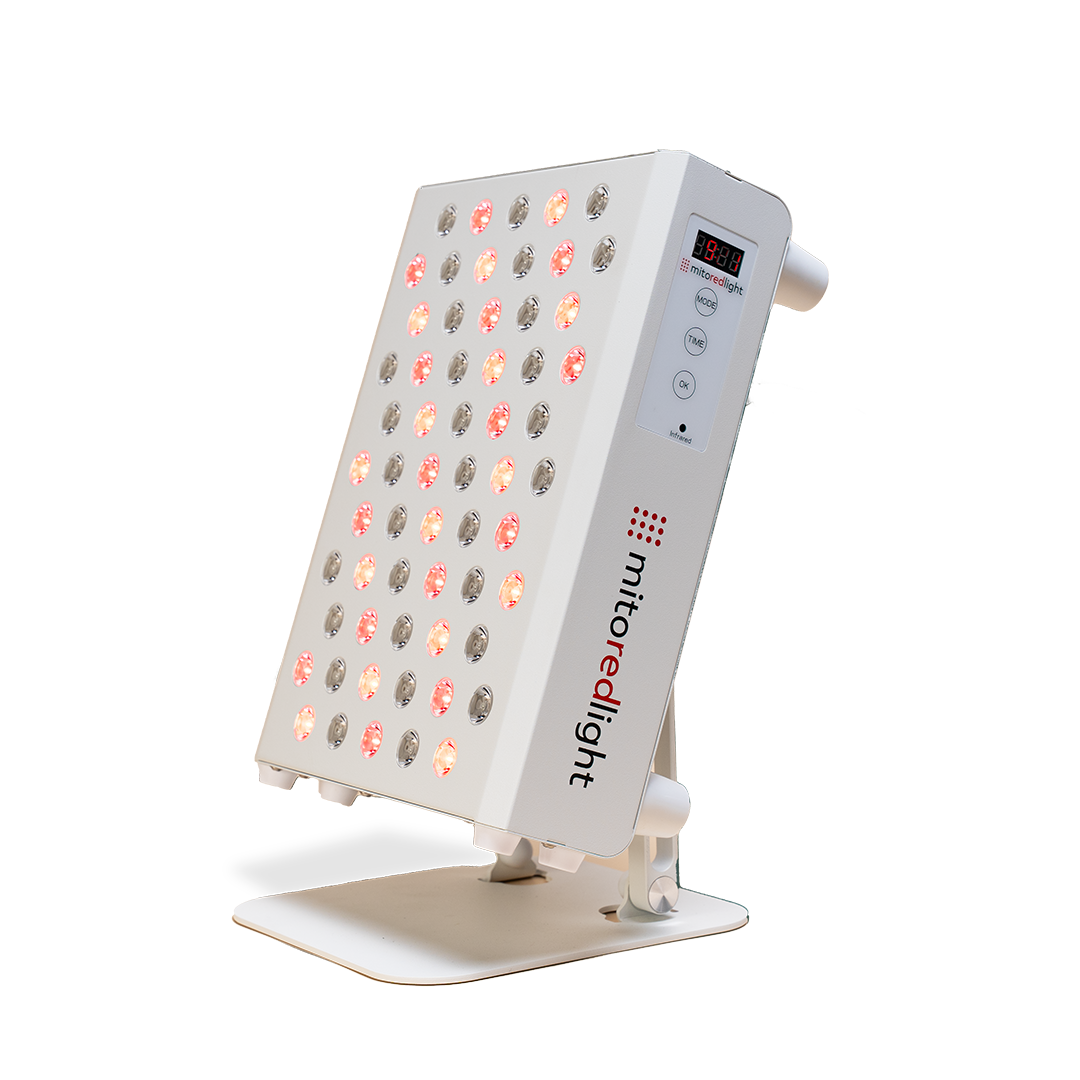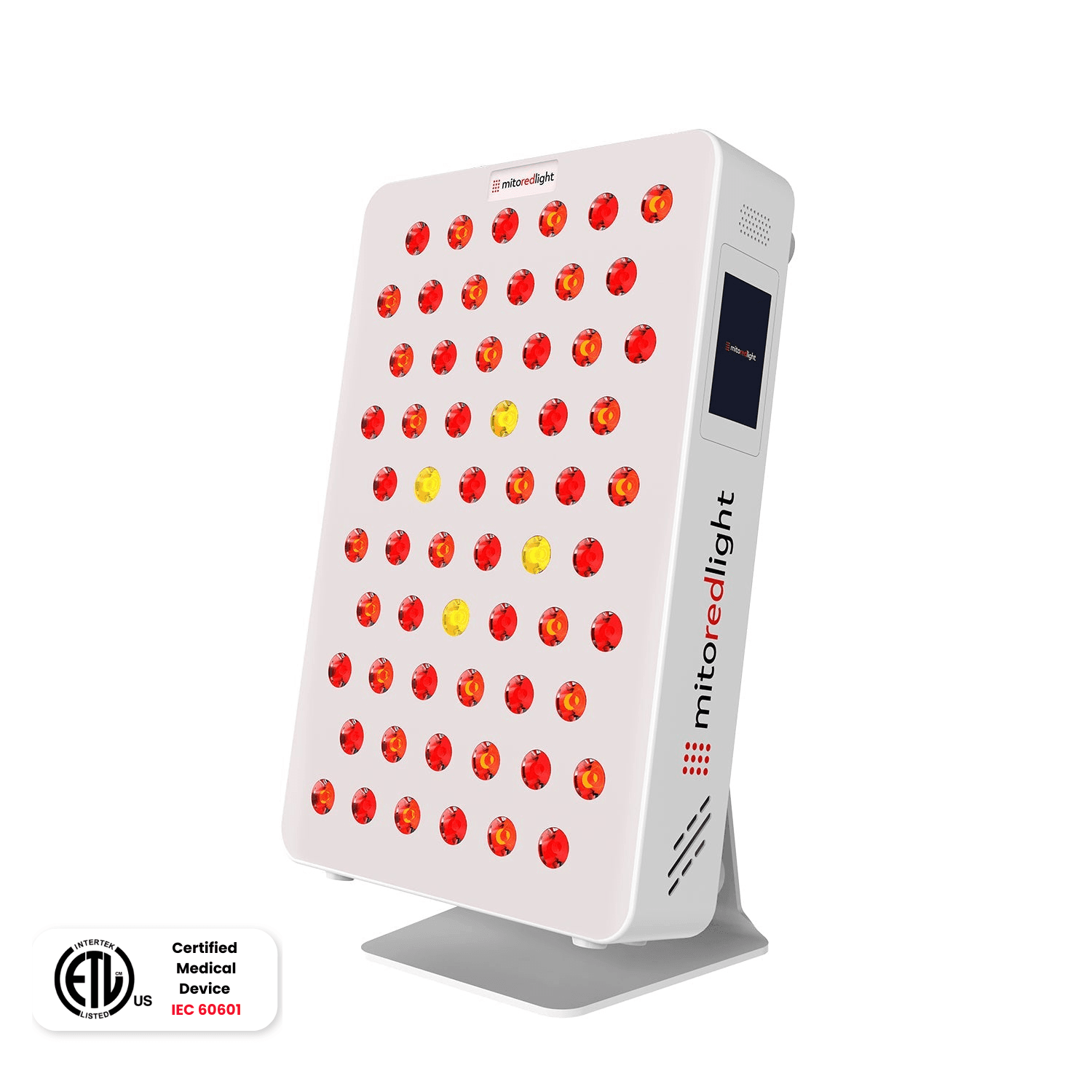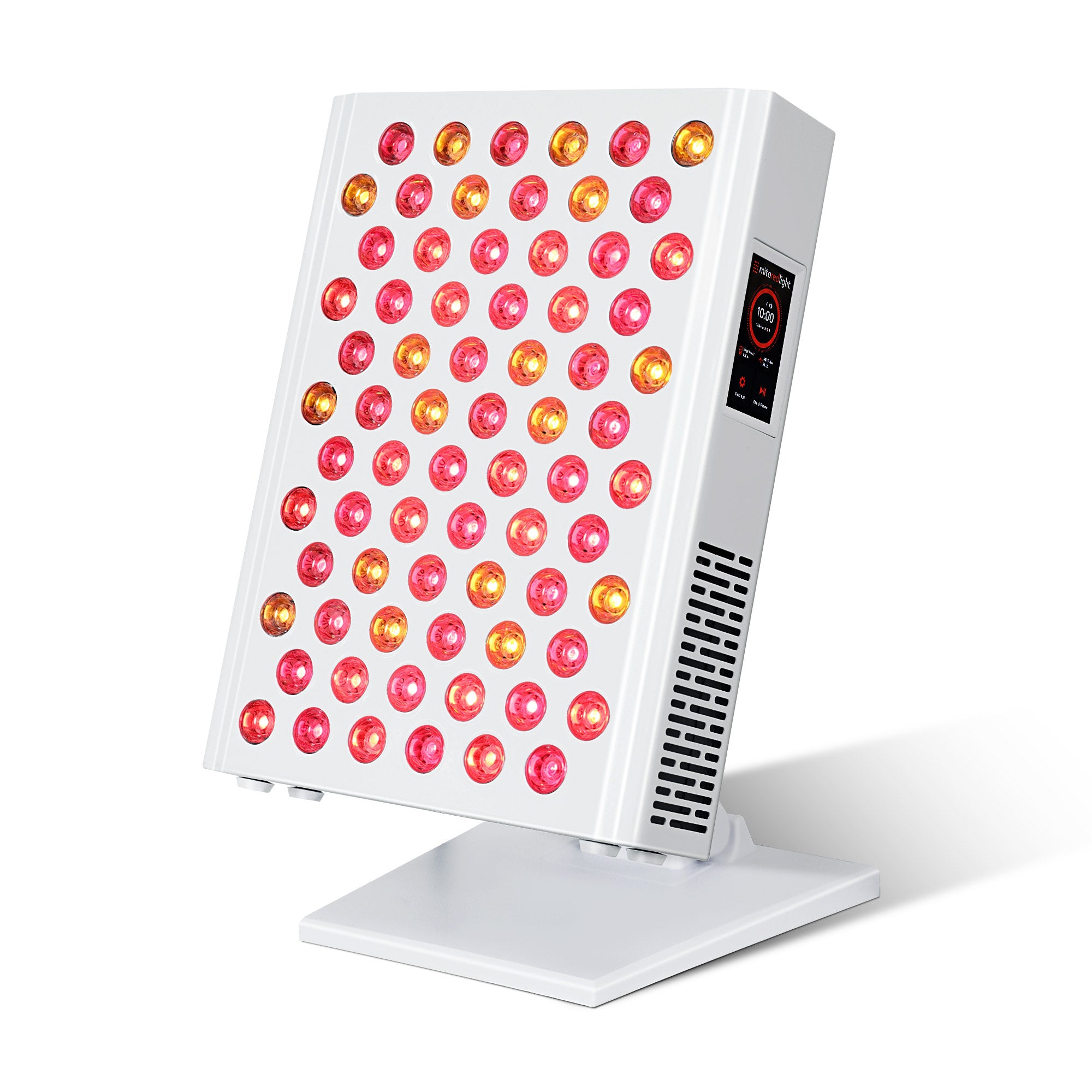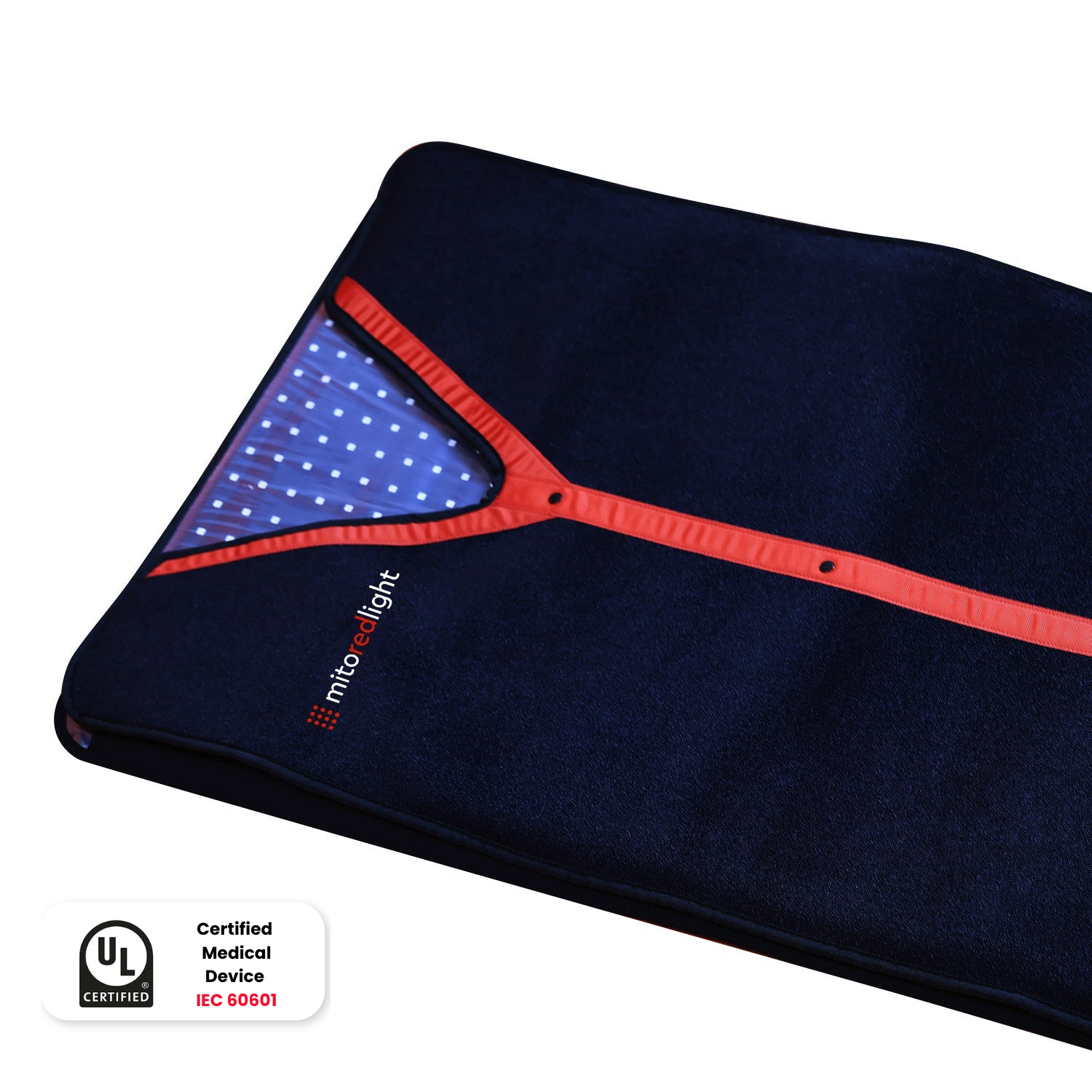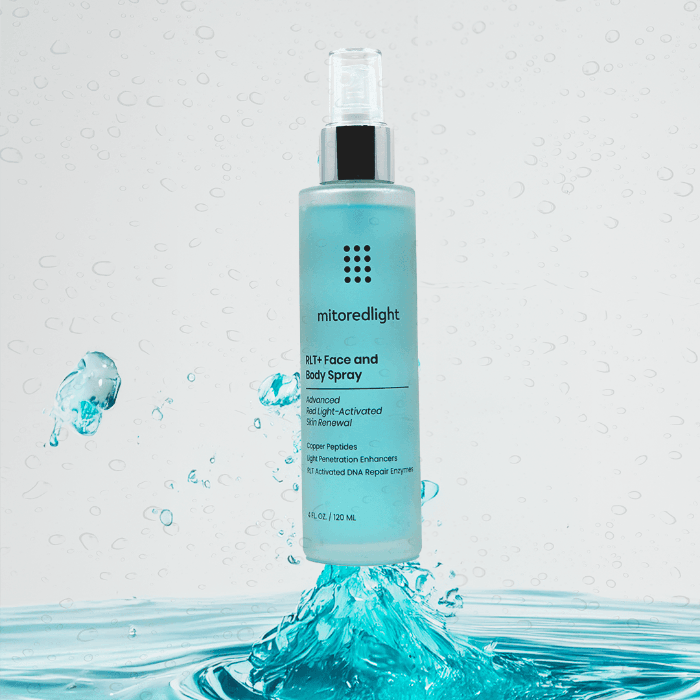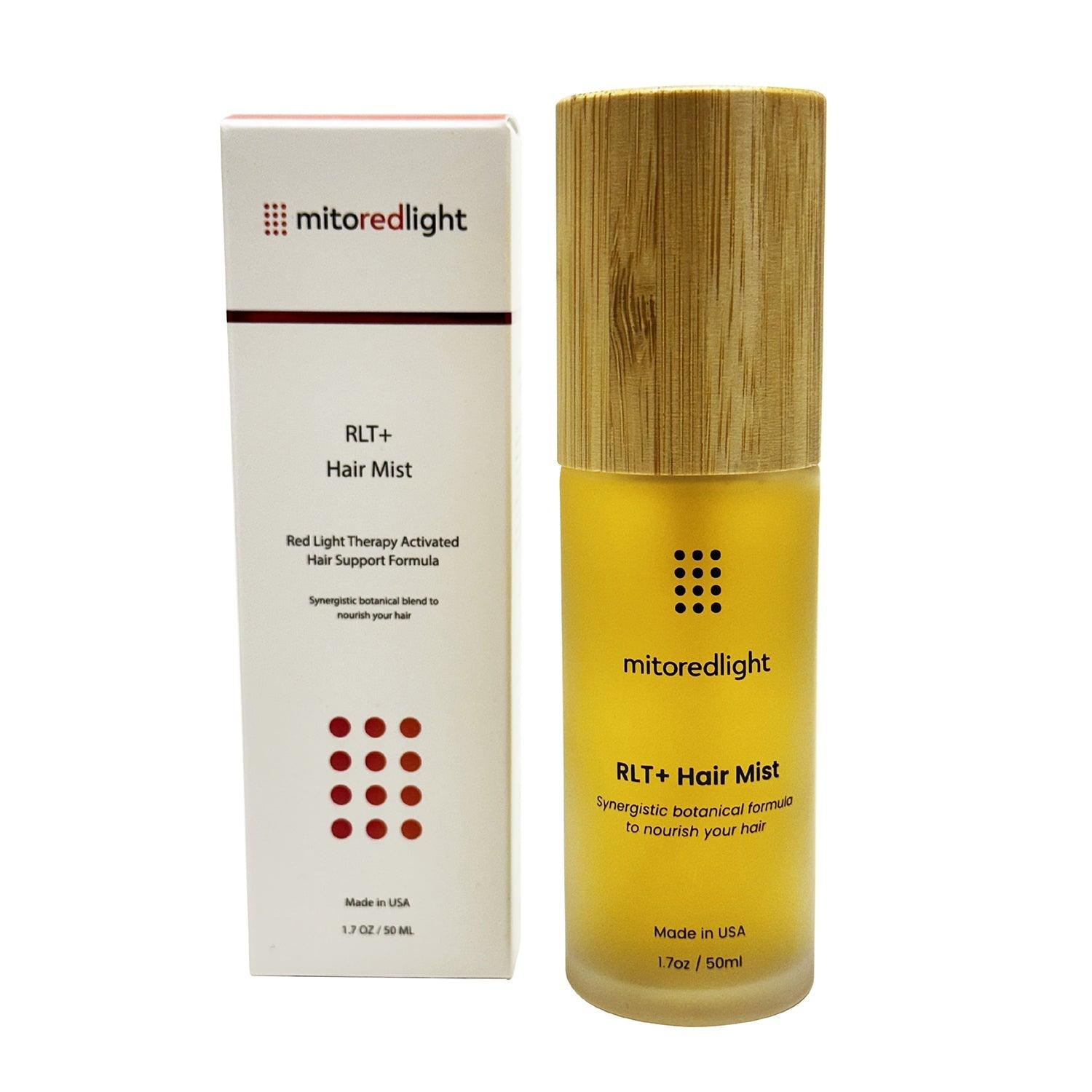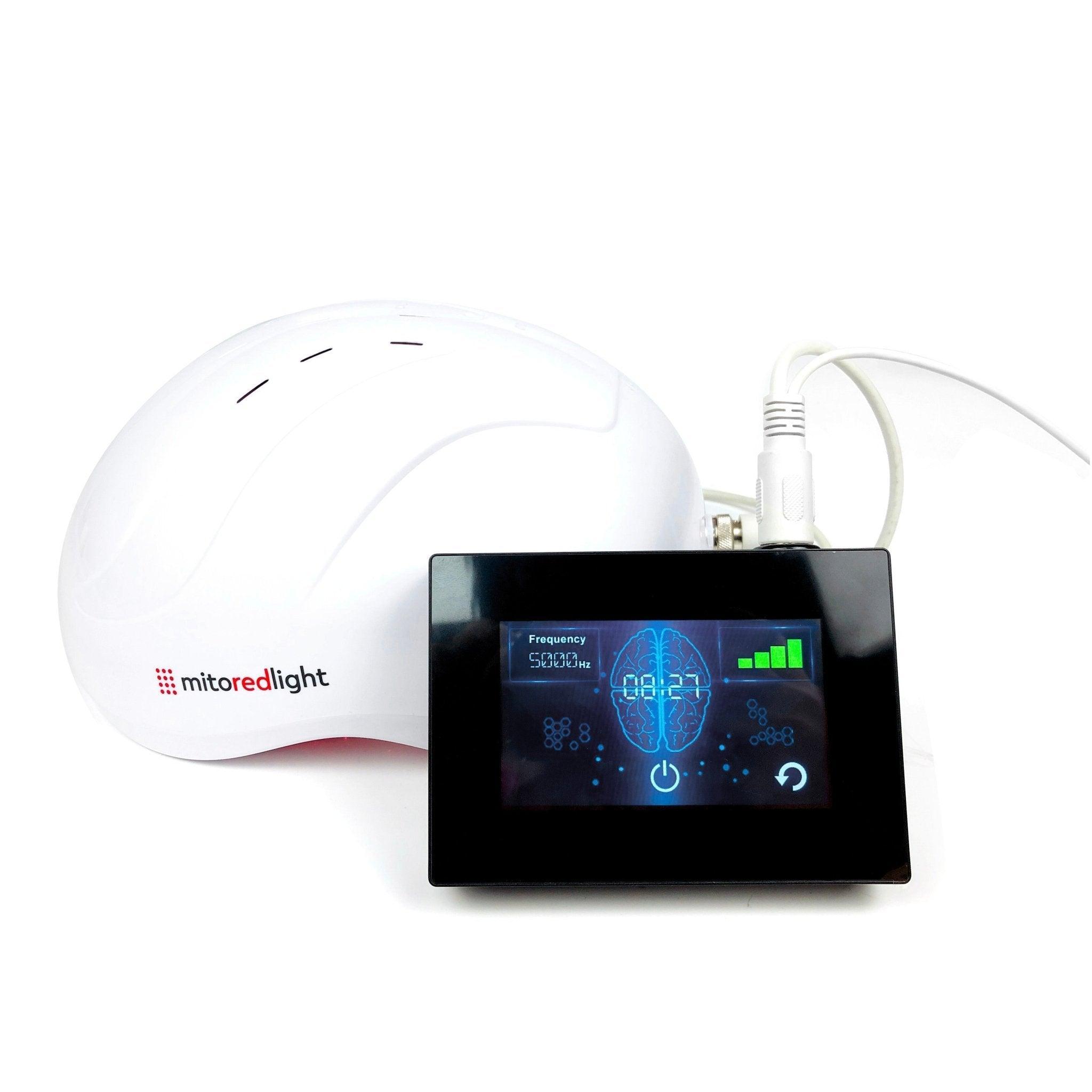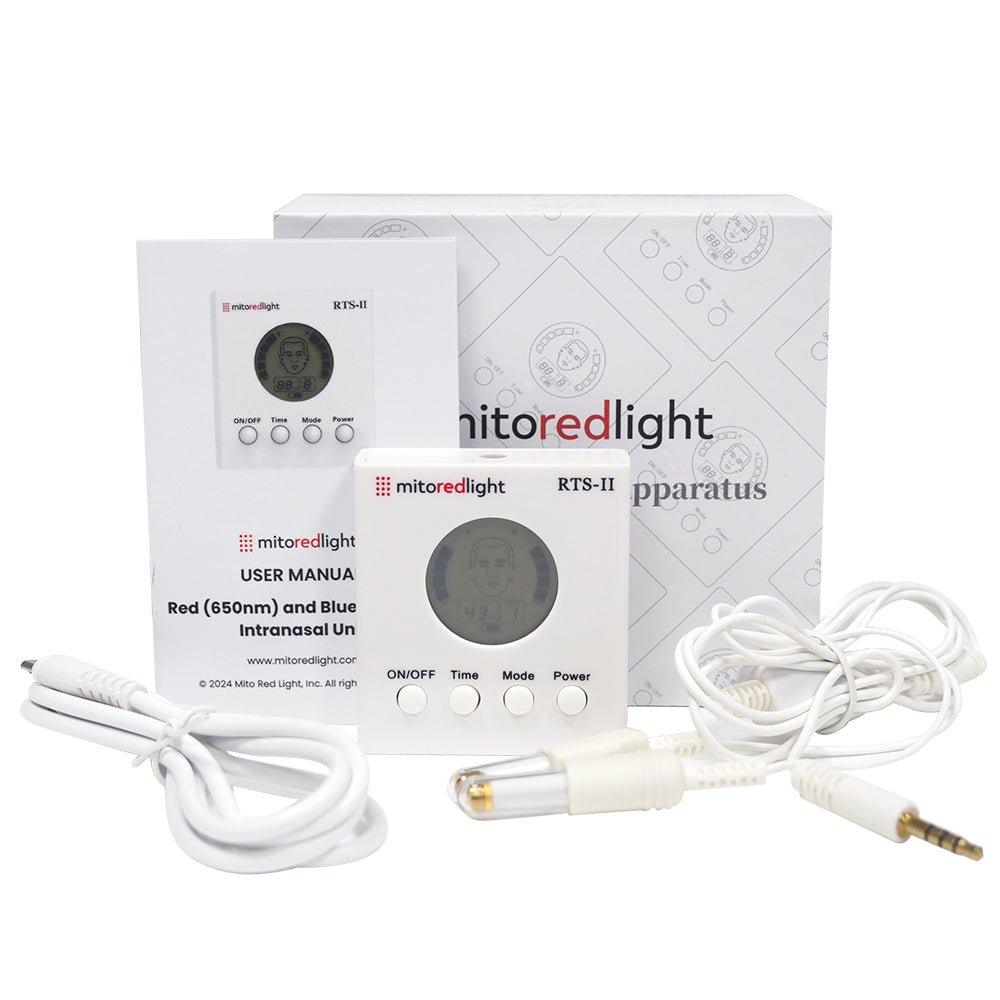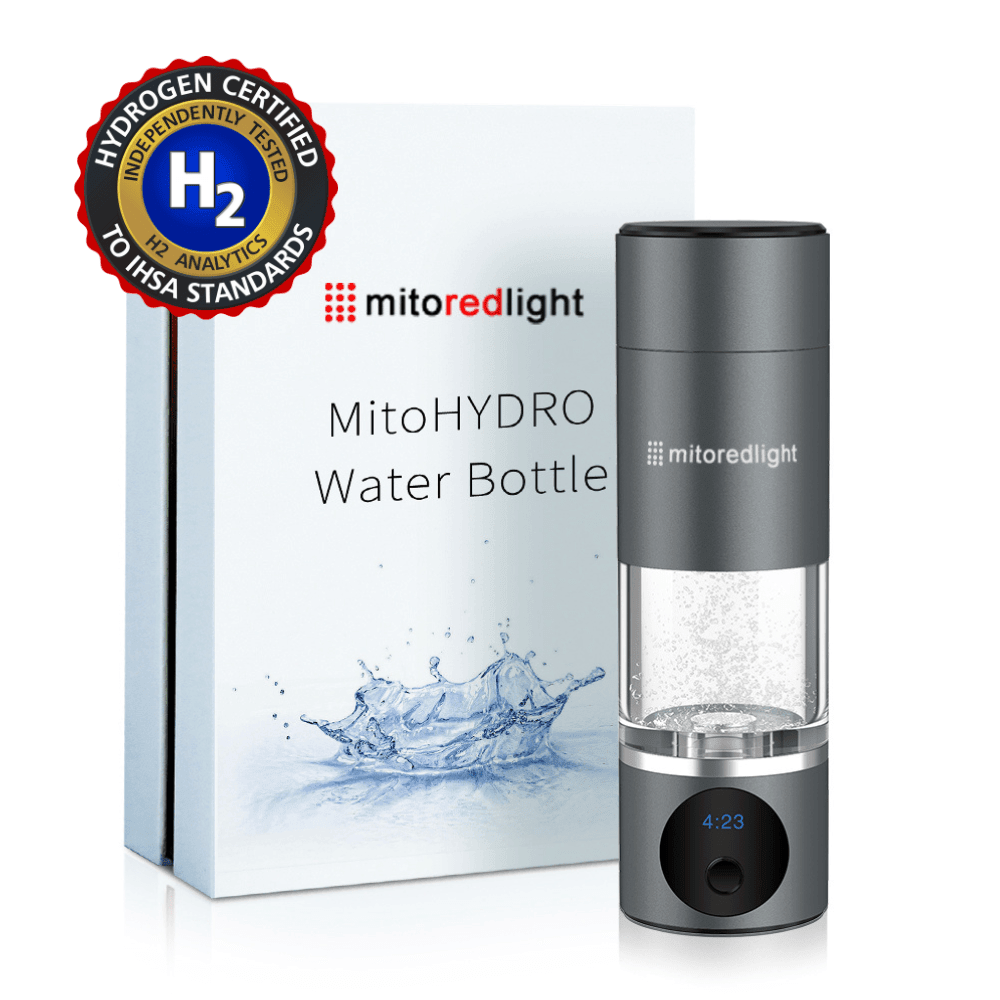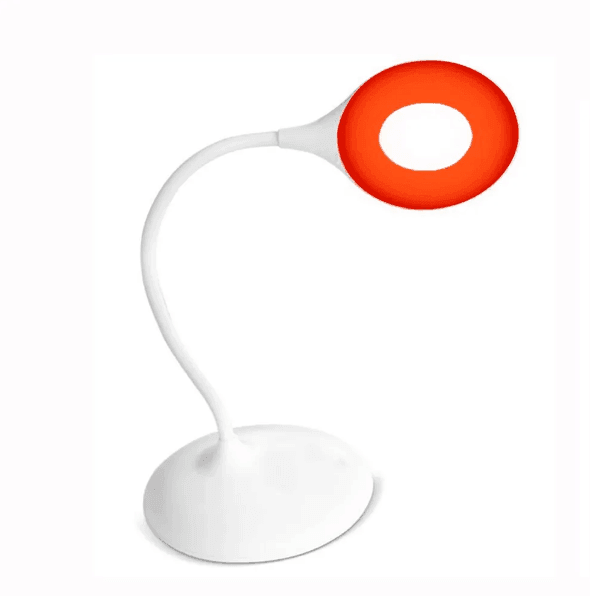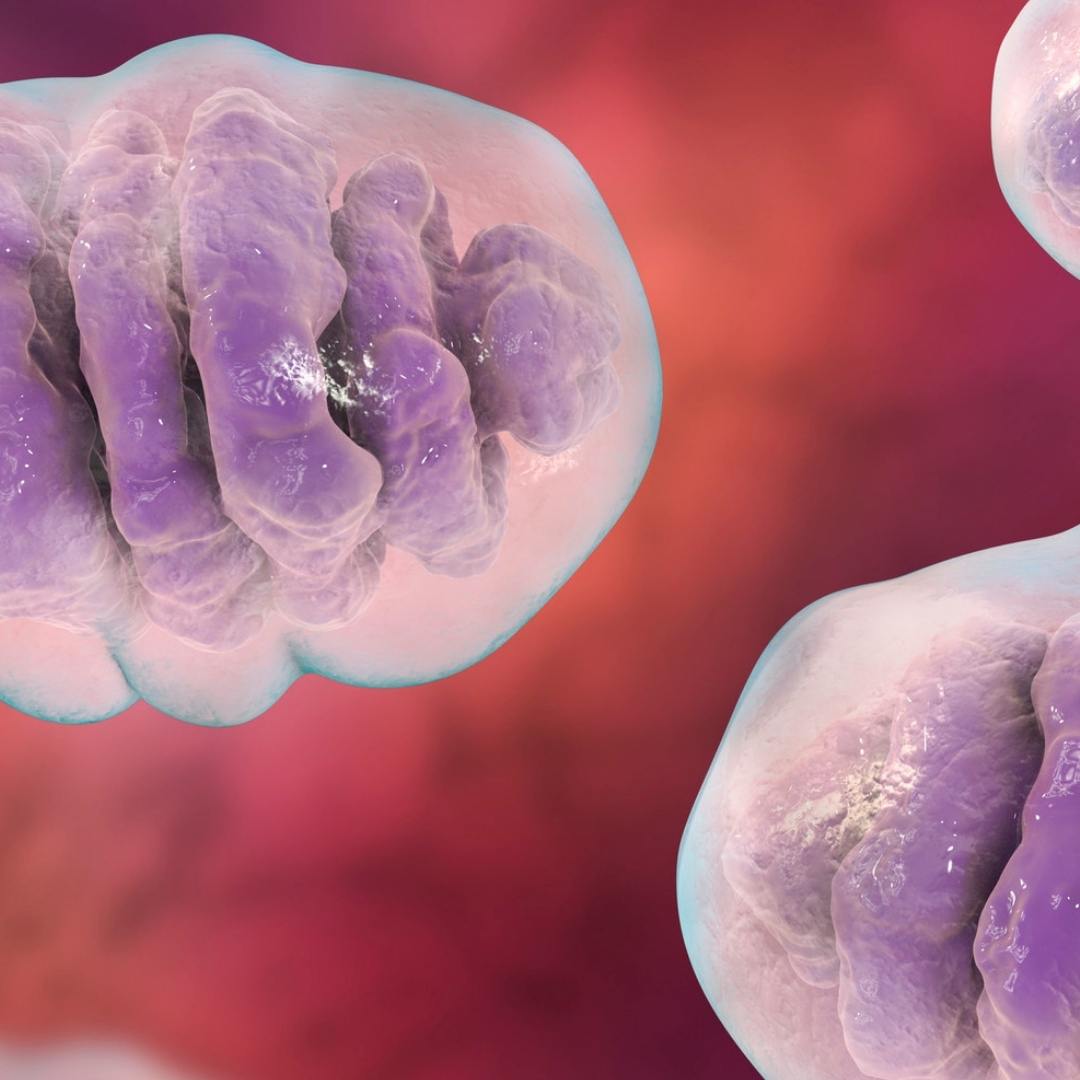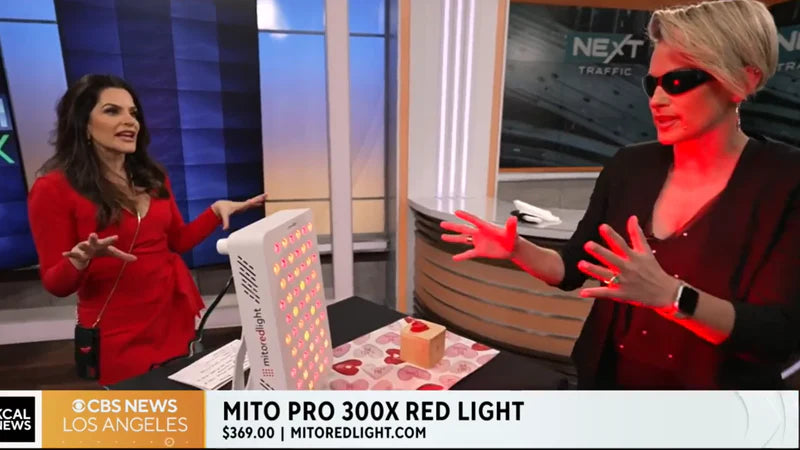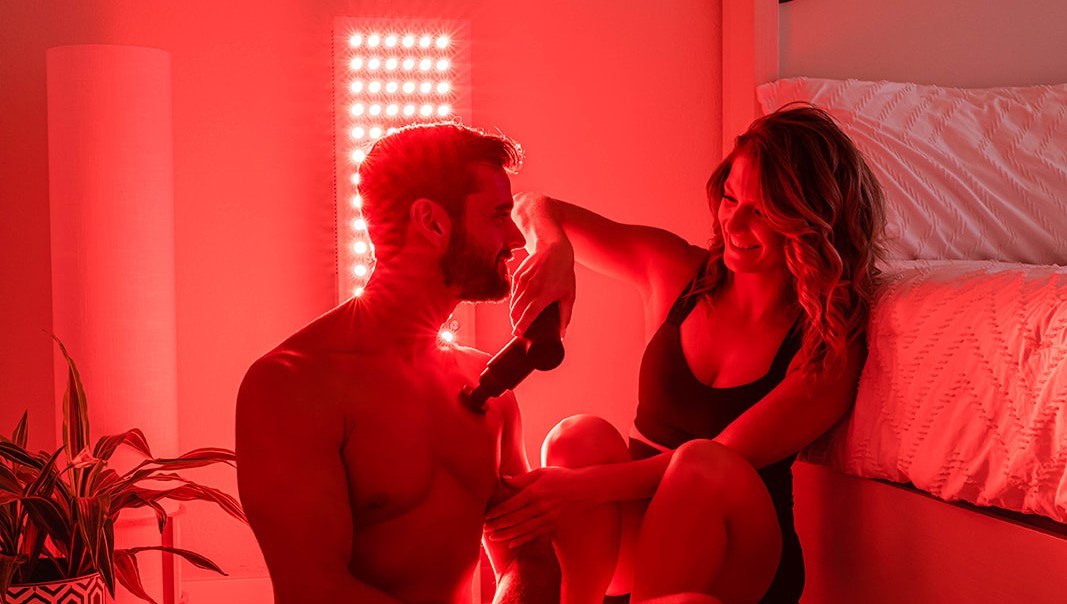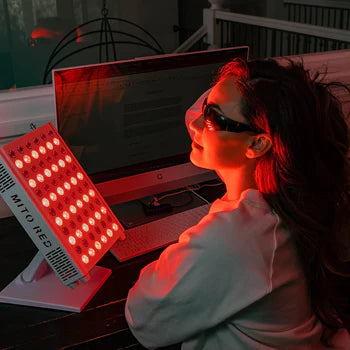Mito Red Light Blog
Explore our Informative Health and Wellness Blog Posts Today.

Red Light Therapy for Weight Loss and Metabolism Support: What the Research Says
Summary: Red light therapy may increase fat mobilization and support the energy, recovery, and sleep quality that contribute to sustainable...
View Article

Red Light Therapy Before or After a Workout? Recovery Tips
Wondering if red light therapy works better before or after a workout? Here’s how timing affects performance, recovery, soreness, and...
View Article

Should I Use Red Light Therapy on My Face
Wondering if red light therapy is safe and effective for your face? Here’s how it works, benefits, usage tips, side...
View Article

What To Look for in a Red Light Therapy Panel: Buying Guide
A simple, expert-backed guide to choosing the right red light therapy panel, from wavelengths and irradiance to size, safety features,...
View Article

Should You Do Skincare Before or After Red Light Therapy
Should you do skincare before or after red light therapy? Learn the pros and cons of both approaches and more...
View Article

Should I Use a Serum With Red Light Therapy?
Wondering if you should use a serum with red light therapy? Learn when to apply it, which ingredients work best,...
View Article

Can Red Light Therapy Treat Vitamin D Deficiency?
Can red light therapy treat vitamin D deficiency? Learn what it can and can’t do, how vitamin D is made,...
View Article

What Is Photobiomodulation Therapy? How it Works
What is photobiomodulation therapy, and how does it work? Read on with this guide to learn what PBM is, how...
View Article

How Long Does It Take Red Light Therapy To Work?
A clear, science-backed guide to how long red light therapy takes to work, with realistic timelines for skin, pain, hair,...
View Article

5 Safe Red Light Masks for Sensitive Skin in 2025
Discover five safe red light masks for sensitive skin, including why Mito Red Light’s MitoGLOW mask may be the best...
View Article

Morning or Night? The Best Time to Use Red Light Therapy for Maximum Results
Summary:Whether you use red light therapy in the morning or at night can influence how your body responds and adapts...
View Article

Light-Activated Skincare: How MitoAURA Activate + Amplify Serum’s Ingredients Synergize with Red Light Therapy
Introduction Red light therapy (RLT) has become a popular beauty and wellness ritual for helping skin look smoother, brighter, and...
View Article
